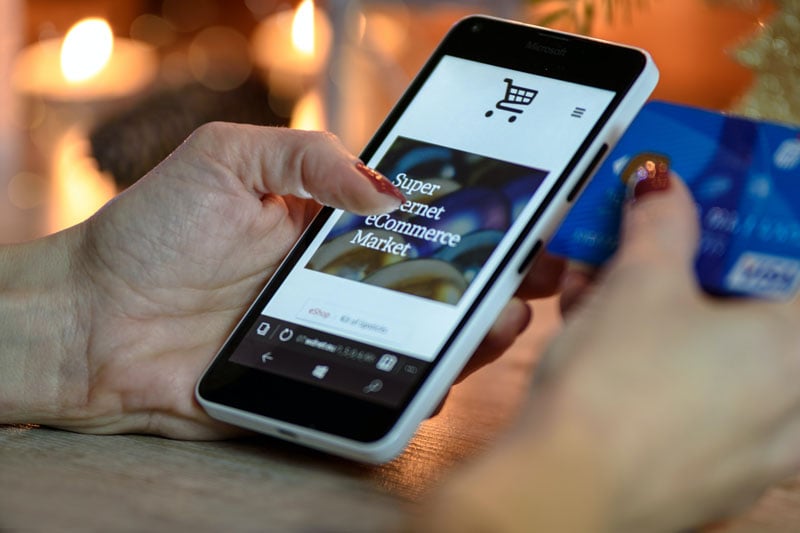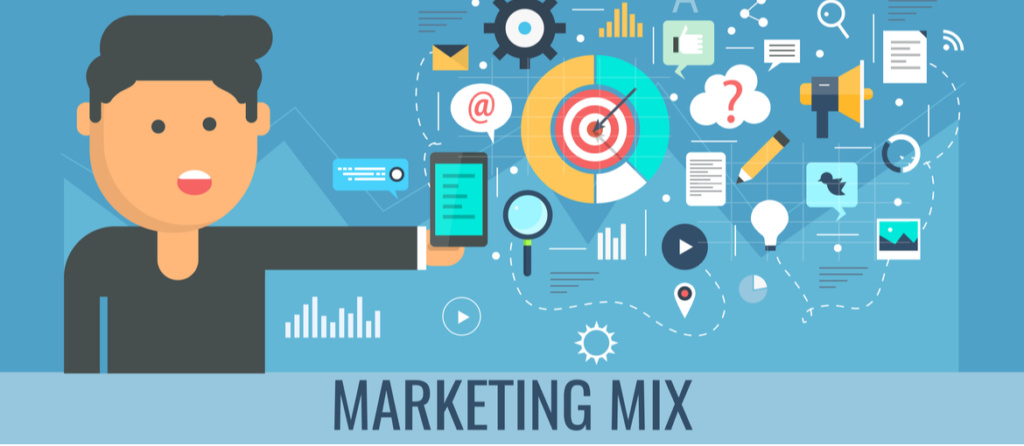The structure of the modern marketing mix: from the 4Ps to the 4Cs
Marketing is a process that links a company’s capabilities to people’s needs. The marketing mix is precisely that tool that fosters the connection between the product and the customer’s desire. It is not a scientific theory, however; it simply helps to portray an overall picture of the decisions that will need to be made to achieve strategic business goals.

What is the marketing mix and what are its levers
Marketing, more than any other business function, deals with customers by managing profitable relationships with them. Precisely because it is closely linked to people, it has changed in step with social, cultural and technological changes. Thus, the way of marketing has changed over time and therefore also the famous marketing mix. It is a theoretical model that has been consolidated over time helping marketers deal with the market. In its simplest form it can help organize strategy and provide a list of key points to follow. Conversely, when integrated into the marketing process to the best of its ability, such a tool supports decisions and helps define where to allocate resources most profitably.

The marketing mix is also often called the 4Ps model because it consists of four elements: Product, Place, Promotion and Price.
Let’s analyze each part in detail:
- Product indicates what the company offers to the target market. This offering may involve a physical good, a service or a combination of both. In fact, it must be remembered that Product does not only refer to a physical good. For example, a political party’s product is the set of causes it will champion.
- Place (distribution): refers to all the decisions and activities necessary to get the product to the final consumer. A product is not effective and satisfactory if it is not available when and where it is needed. Distribution takes place through the management of distribution channels, that is, all those means/companies that intersperse in the product’s journey to the customer.
- Promotion is the set of activities designed to promote, publicize and make the market aware of the company or a particular product or service of the company. Sometimes it focuses on acquiring new customers and sometimes on retaining them, but the promotional tools are always the same: advertising, public relations, direct sales, and sales promotions. Promotion in turn includes three methods of communication: personal selling, mass selling and sales promotion.
- Personal selling : involves direct communication between salespeople and potential customers. Personal selling usually takes place face-to-face, but can also take place via telephone. This method allows for customization of language according to the customer, so it can be very expensive.
- Mass selling : communication is disseminated to a large number of customers at the same time. Mass selling can involve a large amount of media, from newspapers to the Internet.
- Sales promotion refers to promotional activities that stimulate interest, experimentation or purchase by end customers. This may involve, for example, the use of coupons, point-of-sale materials, samples, and catalogs.
- Price : refers to decisions related to price list, discounted prices, special offer prices, credit payment or credit terms. Pricing must consider the type of competition in the target market and the cost of the entire marketing mix. This is a very delicate stage because if customers will not accept the chosen price related to the product offered, all planning will fail.

Importantly, the marketing mix as a whole is a strategic model, while individual levers are considered tactics. For example, deciding where to lower prices and expand production to the mass market is strategic. Instead, the more tactical part lies in deciding the pricing structures and priority hierarchy to change the type of distribution.
The influence of digital in the marketing mix
However, these concepts are dated compared to the time when the marketing mix was conceived. In fact, the definition of the 4Ps was given in 1960, and many changes and expansions have been made to the original theory. In the first half of the 1900s there was an exclusive focus on the product, then there was a gradual shift to a view with the consumer at the center. First the consumer’s problem was analyzed, then we moved to the customer’s need, and finally to the customer’s desire. The further we move away from the product, the more we evoke a status that the consumer would achieve because of that good, the more marketing works. A gradual evolution with consequent influences in the marketing mix.
To date, these changes have led to a new understanding of planning especially because of the advent of the Internet and social networks. Products have increasingly become services, services themselves are customer-driven (shaped by the will and input of customers), and people are now part of large communities sharing their experiences online. It is the era of the digital marketing mix. In summary, it can be explained as achieving marketing goals by applying new digital technologies in the new context of the infosphere.
The modern 4Ps are:
- Product : with the Internet, the concept of product has been redefined as a combination of tangibility and intangibility, i.e., the virtual product. Through the net, the product can be sent directly to customers or made immediately available.
- Place : Since many physical channels have become virtual, place plays an increasingly important role in promoting product consumption. For many companies, the Internet has become a new channel that has improved or completely replaced the previous one.
- Promotion : communication tools and the possibilities of presenting the product to the customer have greatly expanded. A digital marketing campaign today is divided into six major groups: searching marketing (which includes SEO and PPC), online PR, online partnerships, interactive advertising, e-mail marketing, and social media marketing.
- Price : Establishing price has become even more complicated as the view has changed for both consumers and marketers. Now consumers can compare thousands of products before making a decision, and sellers can adjust prices in real time.

The 4Cs of the modern marketing mix
If we go about setting up the marketing mix correctly we will better understand what the company is offering to customers (product and price) and how it wants to sell it (promotion and point of sale). In this way we will be able to offer value propositions that will attract customers naturally. Yet, in an interconnected world, this is not enough. Although we have reshaped the 4Ps on the influence of digital, Philip Kotler, one of the leading marketing experts, points out that in the modern marketing mix we must also analyze the 4Cs: co-creation, currency (currency), community and conversation.
- Co-creation is the new strategy for developing products that can greatly improve a new product’s chances of success. Customers are involved early in the ideation phase and listened to in order to improve the final good through feedback. Finally, people are offered the opportunity to personalize the product at the purchase stage so as to improve the final value and identification.
- Price (which becomes currency) has also been influenced by digital and has become an increasingly dynamic variable. By looking at the flow of online data, companies are able to determine the offer depending on the customer who will view it, based on their level of loyalty or the availability of the good in the surrounding area. In an economy that develops in the infosphere, currencies change in relation to market demand and the flow of data.
- In a connected world, customers want instant access to the product they want. In fact, they demand it. This is the consequence brought about by sharing, which has twisted the idea of the channel to enable peer-to-peer exchanges (connections in which customer and supplier are on the same level and can exchange information or goods). This is the case with companies such as Airbnb or Uber that are revolutionizing their industries through people-to-people relationships.
- Promotion has also changed and become a conversation. The dialogue between customer and company is still there, but the decision-making phase to complete the final purchase is played out in the customer-client relationship. Social networks and review sites are meeting places where brands are evaluated, their reputation is established and whether it is worth buying from them.

A change due to the new leading element in every marketing exchange, the relationship. In fact, today a good marketer must be able to manage business connections. First and foremost, the internal ones by fostering an excellent internal working climate and improving relationships with suppliers and partners. Second, he or she must get customer relationships under control and enhance them through strategy. Building the foundation for long-term relationships will improve customer lifetime value (the value of a customer over the life of the relationship with the company). Marketers must therefore be facilitators of these exchanges and stewards of the relationships between the company and every possible contact. In this sense, the 4Cs come to our aid in plotting a comprehensive strategy in which the customer is involved in transparent marketing.

